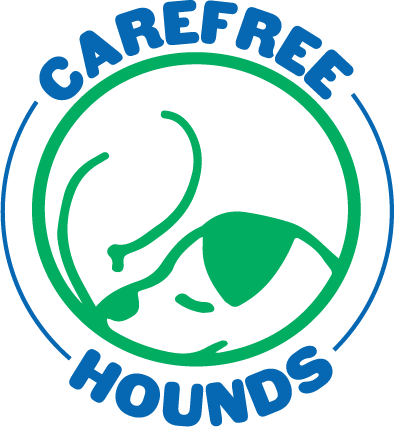Fireworks
It’s almost that time of year again, my friends. Canada Day is right around the corner on July 1, so it’s time to think about what to do for your dogs—and other animals—to keep them safe and sound when the pops and booms from the fireworks begin.
Animal shelters say more lost dogs turn up after July 1st than most any other time of the year. Some dogs gets spooked and bolt, while others may be noise sensitive and react to thunder as much as the noise from fire crackers and fireworks.
First off, let me just put this out there: if you plan to go out to watch fireworks, please don’t take your dog. Even if you had the most bomb-proof dog out there, this is not a fun time for them.
Most of my clientele are puppy owners who may not even know if their dog is noise sensitive yet. For them, or for anyone who has recently brought a dog home I strongly suggest having a plan in place.
Step One: Better Living Through Pharmaceuticals
If you KNOW your dog or pup is noise sensitive or suspect they may be, PLEASE talk to your vet about whether your dog could benefit from a situational anti-anxiety medication. If your dog has any other known anxieties, such as separation anxiety, there’s a good chance they could be noise sensitive, too.
If your vet prescribes a medication, ensure you give it well before the dog needs it as you’ll need time for it to take effect.
If you have a puppy or a newly adopted dog that you’re not sure is noise sensitive, read on.
Step Two: Identification
Ensure your dog has an ID tag on their collar as well as their dog licence tag. You can get rubber holders if you or your dog doesn’t like the jingly noise they make. If your dog wears a harness, there may be a spot for writing in the dog’s name and your phone number. The Ruffwear harness has a sneaky little pocket between the dog’s shoulderblades where you can place an ID tag. It’s so well hidden though that I question whether a person who is unfamiliar with these harnesses would think to look there.
My dogs don’t wear any collars or harnesses in the house, so we would rely on their implanted microchips. If your dog has been microchipped, that’s great. Do you know where to find the microchip number? If you don’t, it’s usually listed on your vet record.
Most of us have hundreds of photos of our dogs on our phones, which is great. Check that you’ve got some that would help to identify your dog if they got lost.
Step Three: Location
Decide where in your home is the best place for your pup to hang out in case of noisy fireworks. Even if you anticipate no activity near your home, it’s best for your pup to spend the evening relaxing somewhere comfortable.
If you know your dog is noise sensitive and likely to react to the noise of fireworks, set up a comfy space for them in a familiar room (no locking him in the basement) with small windows or just hang out with them so you can supervise and reassure.
Some dogs may do better in a crate, but note: this is NOT the time to crate train.
Step Four: Backup Plans
There are lots of things you can do to make that cosy location you’ve set up even better.
Swaddling-style wraps are like a warm hug and some dogs do well with these. Check out this list from Dogster: https://www.dogster.com/lifestyle/best-anxiety-vest-for-dogs.
Dog pheromones: Adaptil is a common brand but there are others.
Calming treats: look for ones with L-theanine or valerian root. CBD and hemp may also help your dog mellow out a bit (but it’s no replacement for medication).
If you see a spooked dog
If you come across a dog that’s been spooked by fireworks on July 1, if it doesn’t run to you on its own, the best thing you can do is take photo or video of the dog first, before you do anything else. Once you’ve got that, you can try to call it over. Most spooked dogs avoid strangers though, so note the time and place you saw the dog and head over to one of the lost dogs website in your local area and post.

